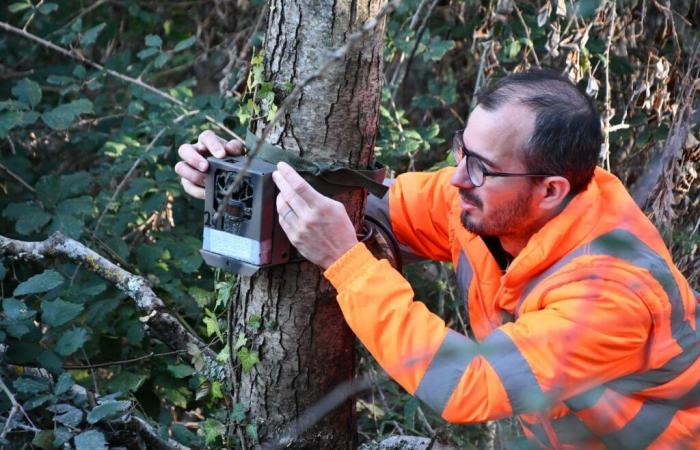The national scientific research center in Montpellier has set up several systems in the Vidourle to take stock of the presence of this nocturnal animal which had almost disappeared and which would once again colonize French waterways.
To what extent are the otter, after near extinction in the last century, recolonizing French waterways? It is to try to answer this question and also to analyze different protocols for monitoring the species that the National Center for Scientific Research in Montpellier launched a research project.
It retained the Mosson, the Lez and the Orb as well as the Etang de l'Or. The Vidourle is the only river in Gard. The CNRS is working on this with the support of the Vidourle Basin Territorial Public Establishment (EPTB). “There is no precise monitoring of this animal. But we see, through testimonies, that the otter is more and more present,” explains Clément Oyon, hydraulic engineer at EPTB.
The technician specifies that three monitoring methods are being implemented to find out more about this nocturnal and discreet animal which feeds mainly on fish and which is difficult to observe. The first consists of placing cameras on several observation sites. The second will consist of searches for prints and excrement. The third will be a DNA search. “We place very fine filters in the water which make it possible to find traces of DNA which are then compared with other traces from a database,” says Clément Oyon who also specifies that the presence of otters is a sign of good water quality.
Observations are currently being carried out on Vidourle. They will last nine weeks. In addition to the inventory that will be made on the recolonization of waterways by the otter, the CNRS conclusions will also feed into specialized journals. Estimated at 50,000 a century ago, the numbers fell to less than 1,500 in the 1980s.
Before it was protected by the laws of 1972 (ban on its hunting) and 1981 (protection of the species in France), the European otter was killed en masse for its fur, its meat or quite simply because it was considered a competitor to humans due to its diet, mainly composed of fish, says the site speciesmenacées.fr which specifies that the wild population fell by 30,000 individuals at the start of the 20th century to only 1,500 in the early 1980s in France.
France






